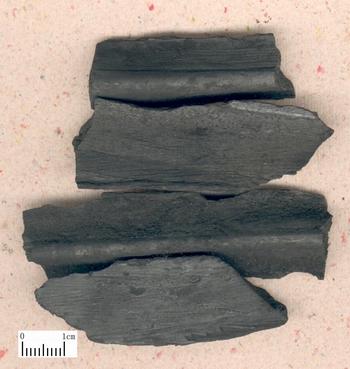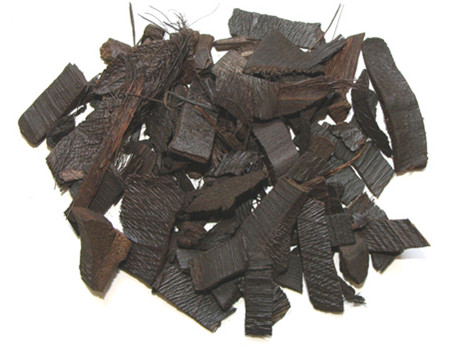Crinis Trachycarpi


Naming
Zong Lv Tan (Crinis Trachycarpi)——Ben Cao Shi Yi (A Supplement to the Compendium of Materia Medica)
The Processing of Crinis Trachycarpi
Origin
The fiber of sheath of evergreen plant Trachycarpus fortunei ( HooK. f.) H. Wendl of family Palmaceae.
Location
Guangdong, Fujian, Yunnan provinces in China.
Harvest
Collected all the time, usually between September and October.
The actual smell and taste
Light smell and taste.
Best quality
Old.
Processing
Picked, sheared lower part of the leafstalk and fiber of sheath, then removed the fibric palm fibers, dried in the sun and sliced; calcined to charcoal.
The Effect of Crinis Trachycarpi
Property
Bitter, astringent, neutral; liver, lung, large intestine meridians entered.
Actions
Astringe and stop bleeding.
Indications
Bleeding
This herb is neutral in property, bitter in flavor with the action of astringing. It is usually used as a common astringent hemostatic indicated for all kinds of bleeding, especially metrorrhagia and metrostaxis. Because of its strong astringent action, it is indicated for the bleeding without stagnation and stasis. It is used alone or combined with hemostatics such as Xue Yu Tan and Ce Bai Ye. For hematemesis and hemoptysis due to recklessly blood flow resulted from blood heat, it is combined with herbs that can cool blood and stop bleeding such as Xiao Ji in Shi Hui San recorded in Yi Fang Lei Ju (Classification of Prescriptions). For bleeding due to deficiency-cold, and metrorrhagia and metrostaxis due to insecurity of thoroughfare and conception vessels, it is usually combined with meridian-warming hemostatics. For instance it is combined with Pao Jiang in Ru Sheng San from Zheng Zhi Zhun Sheng.
Besides, it is bitter and astringent with the action of astringing. It can check diarrhea and leukorrhea. It is also indicated for chronic long-term diarrhea dysentery, and abnormal leucorrhea of women.
Dosage and Administrations
Decoct 3~10 g, or make powder and take 1~1.5 g.
Cautions
Use with cautions for bleeding accompanied by stasis and damp-heat induced dysentery.